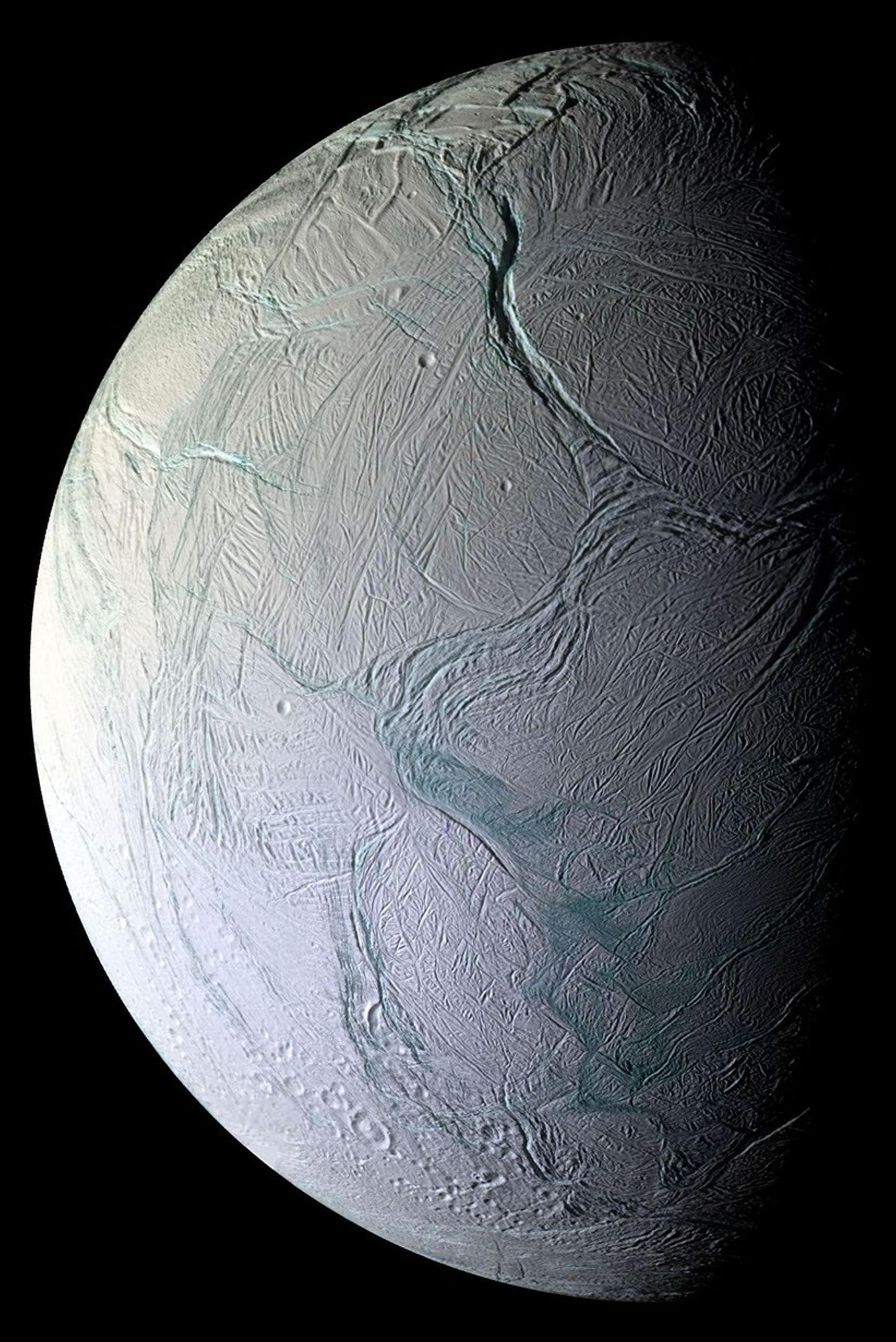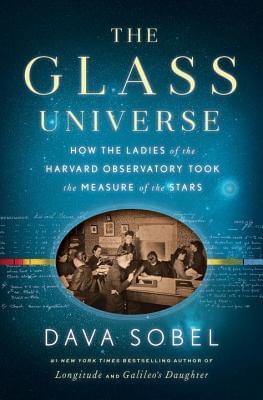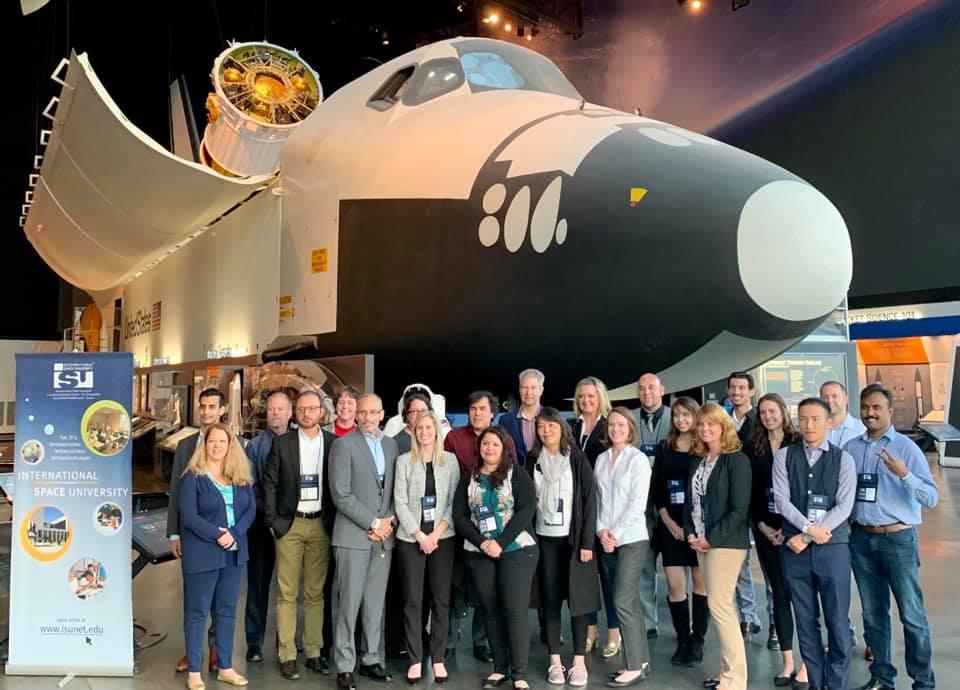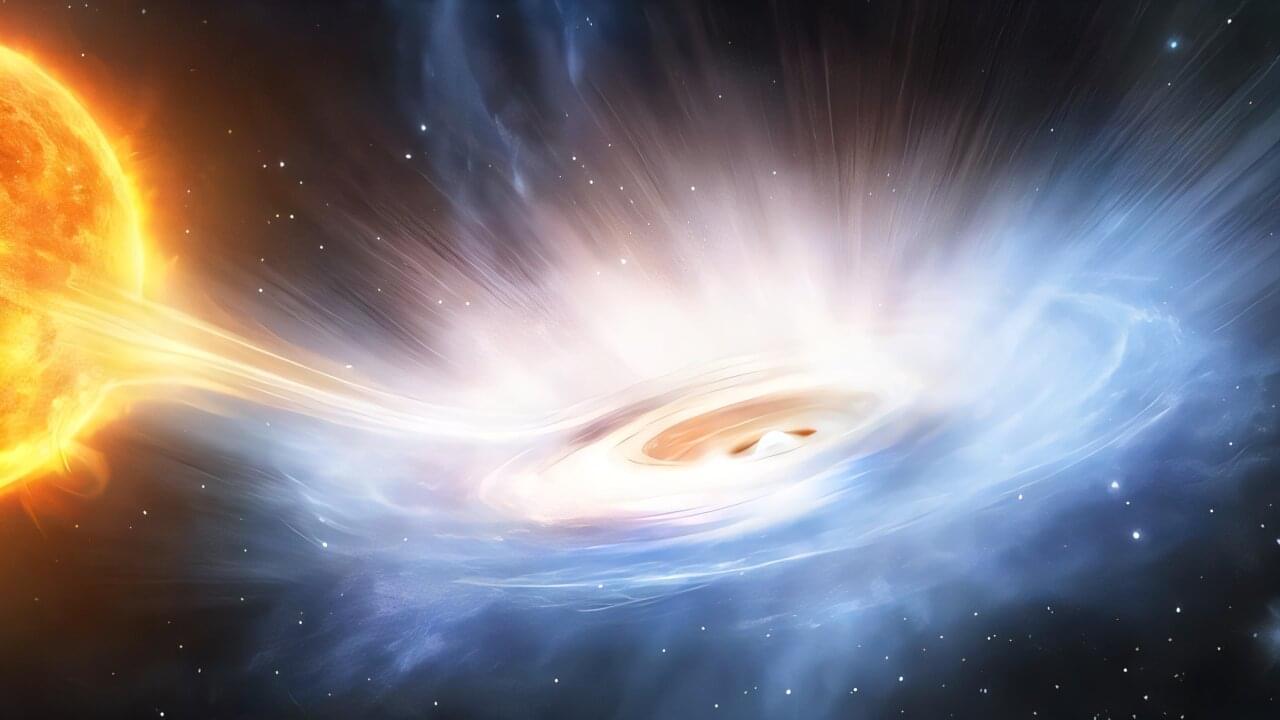What is the habitability potential on Saturn’s moon, Enceladus? This is what a recent study published in The Planetary Science Journal hopes to addre | Space



In the mid-nineteenth century, the Harvard College Observatory began employing women as calculators, or “human computers,” to interpret the observations their male counterparts made via telescope each night. At the outset this group included the wives, sisters, and daughters of the resident astronomers, but soon the female corps included graduates of the new women’s colleges —Vassar, Wellesley, and Smith. As photography transformed the practice of astronomy, the ladies turned from computation to studying the stars captured nightly on glass photographic plates.
The “glass universe” of half a million plates that Harvard amassed over the ensuing decades—through the generous support of Mrs. Anna Palmer Draper, the widow of a pioneer in stellar photography—enabled the women to make extraordinary discoveries that attracted worldwide acclaim. They helped discern what stars were made of, divided the stars into meaningful categories for further research, and found a way to measure distances across space by starlight. Their ranks included Williamina Fleming, a Scottish woman originally hired as a maid who went on to identify ten novae and more than three hundred variable stars; Annie Jump Cannon, who designed a stellar classification system that was adopted by astronomers the world over and is still in use; and Dr. Cecilia Helena Payne, who in 1956 became the first ever woman professor of astronomy at Harvard—and Harvard’s first female department chair.


The universe is a strange place. The X-ray Imaging and Spectroscopy Mission (XRISM) orbiting observatory recently highlighted this fact, when it was turned on a pulsar to document its powerful cosmic winds.
The XRISM observatory is a joint mission for NASA, the European Space Agency (ESA), and the Japan Aerospace Exploration Agency (JAXA). The mission was also a replacement for the ill-fated Hitomi X-ray observatory, which failed shortly after launch in 2016.
The discovery comes courtesy of ESA’s Resolve instrument, a soft X-ray spectrometer aboard XRISM. The study looked at neutron star GX 13+1. This is a strong X-ray source located in the constellation Sagittarius, very near the galactic plane towards the core of our galaxy. GX 13+1 is about 23,000 light-years distant. The system is a binary, consisting of a pulsar and a massive star in a 24.5-day orbit.
There is a limit to how big we can build particle colliders on Earth, whether that is because of limited space or limited economics. Since size is equivalent to energy output for particle colliders, that also means there’s a limit to how energetic we can make them. And again, since high energies are required to test theories that go beyond the standard model (BSM) of particle physics, that means we will be limited in our ability to validate those theories until we build a collider big enough.
But a team of scientists led by Yang Bai at the University of Wisconsin thinks they might have a better idea—use already existing neutrino detectors as a large scale particle collider that can reach energies way beyond what the LHC is capable of. The findings are published on the arXiv preprint server.
Neutrinos are notorious for very weakly interacting with things—there are trillions of them passing through you as you read this sentence. However, put enough matter in their way and eventually a special few will run directly into a proton or electron. The resulting particle spray, which is typically going faster than light in whatever medium the neutrino hits, creates a light known as Cherenkov radiation. But really what causes the Cherenkov radiation are the particles created by what is essentially a giant particle collider.

Standing in the middle of a field, we can easily forget that we live on a round planet. We’re so small in comparison to the Earth that from our point of view, it looks flat.
The world is full of such shapes — ones that look flat to an ant living on them, even though they might have a more complicated global structure. Mathematicians call these shapes manifolds. Introduced by Bernhard Riemann in the mid-19th century, manifolds transformed how mathematicians think about space. It was no longer just a physical setting for other mathematical objects, but rather an abstract, well-defined object worth studying in its own right.
This new perspective allowed mathematicians to rigorously explore higher-dimensional spaces — leading to the birth of modern topology, a field dedicated to the study of mathematical spaces like manifolds. Manifolds have also come to occupy a central role in fields such as geometry, dynamical systems, data analysis and physics.
Patreon: https://www.patreon.com/seanmcarroll.
Blog post with audio player, show notes, and transcript: https://www.preposterousuniverse.com/podcast/2025/11/03/334-…by-aliens/
The universe as revealed by physics is objective: it’s out there, existing and behaving in ways that are completely independent of human thought. But the process by which we learn about the universe, and the language with which we talk about it, is extremely human-dependent. Does that mean that aliens would do science differently, and even think differently about physics, even if we all live in the same universe? Physicist Daniel Whiteson has teamed with cartoonist Andy Warner to investigate these questions in their new book Do Aliens Speak Physics?
Daniel Whiteson received his Ph.D. in physics from the University of California at Berkeley. He is currently a professor of physics at the University of California, Irvine. He is a Fellow of the American Physical Society and recipient of an Emmy nomination. He is the author of several books, often with co-author Jorge Cham. He is the co-host (with Kelly Weinersmith) of the podcast Daniel and Kelly’s Extraordinary Universe.
Mindscape Podcast playlist: https://www.youtube.com/playlist?list=PLrxfgDEc2NxY_fRExpDXr87tzRbPCaA5x.
Sean Carroll channel: https://www.youtube.com/c/seancarroll.
#podcast #ideas #science #philosophy #culture
Don’t miss Tom Matula’s webinar: “The Civilization Survival Scale and Space Settlement”
In the future, how will we communicate and transmit data when missions to other planets will not only be possible but commonplace?

In this latest edition of Security & Tech Insights newsletter, the topic of vulnerabilities of digital connectivity are analyzed in special regards to IoT, Smart Cities, and Space. Also included are articles reviewing Cybersecurity Awareness and Preparedness, and new threats to contend with from AI-enabled Ransomware. Thanks for reading and sharing! Chuck Brooks.
#cybersecurity #internetofthings #smartcities #space #ai #ransomware | on LinkedIn.